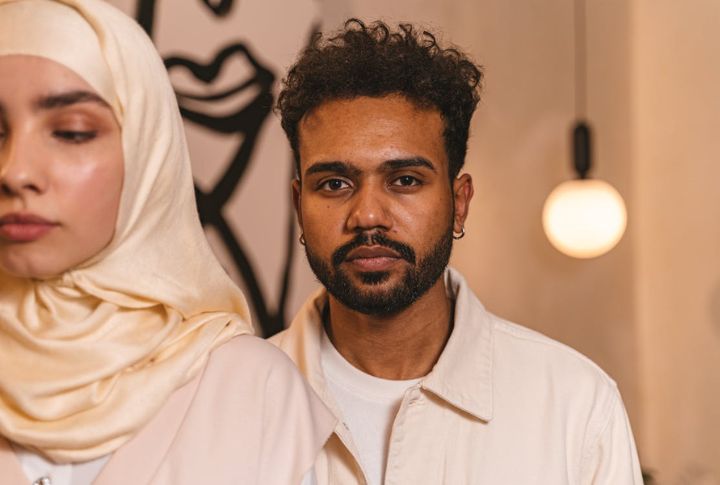
Love has a rhythm of its own. Every relationship begins with fireworks, wherein you complete each other’s sentences and look forward to being with them. But somewhere around the third year, the glow softens and reality steps in. What changes after year three, and why do so many “perfect” couples quietly drift apart when they seem most secure? Let’s find out.
The Honeymoon Phase Isn’t Meant To Last
In the early days, love is chemistry quite literally. Your brain is flooded with all kinds of happy hormones that make you feel euphoric and deeply attached. Going that extra mile for your partner feels effortless. You also tend to overlook flaws and amplify virtues.
But around the two-to-three-year mark, that hormonal cocktail begins to fade as the two of you get into a rhythm. The things that were a wow factor about the person become usual. You start noticing small details like how they manage stress, or their tendency to withdraw during arguments. The infatuation fog clears, and reality walks in.
Ideally, this is the beginning of real intimacy. But for many, that transition feels like a loss rather than growth.
Understanding The “Three-Year Rule”
Multiple studies — including those by biological anthropologist Dr. Helen Fisher — show that the intense infatuation stage of romantic love (characterized by high dopamine, norepinephrine, and phenylethylamine levels) typically lasts between 12 and 30 months. After that, these “love hormones” naturally decline, and oxytocin (the bonding hormone) takes over. This shift changes how couples experience closeness.
It is also known as a “three-year rule” that suggests that many seemingly stable couples tend to break up around the third year of being together. It’s the point where the initial chemistry and infatuation fade to give way to adjustment and efforts.
Growth Doesn’t Always Look Romantic
The third year often coincides with major life transitions like career shifts or moving in together. Each partner begins redefining their identity, and with that comes friction.
In the beginning, couples bond over shared dreams. However, by this time, they test whether those dreams can coexist long-term. You might start asking harder questions: Can I build a future with this person? Do our values align beyond attraction?
This phase exposes whether the foundation is emotional or circumstantial. Couples who evolve together often emerge stronger. Those who can’t may part ways not out of failure, but out of self-preservation.
Why “Perfect” Couples Don’t Always Make It
The couples everyone envies are often those who’ve mastered harmony during the easy seasons. But perfection can be a performance, not a reflection of resilience. True compatibility is tested in conflict. The three-year mark often brings the first real test, wherein these couples who looked rosy on the outside begin struggling.
They even compare individual goals to the ones they had planned together. And in most cases, when the two do not align, they have to part ways.
The Three-Year Rule Is A Checkpoint
Think of the three-year mark as a mirror. It reflects what’s been built. The relationships that survive this phase are honest. They understand that love is not static. So if you’re there now, take a breath. The three-year rule doesn’t decide your fate. It just asks a question: Will you grow through love, or out of it?
Here’s what you need to remember — relationships that last are the ones that keep choosing each other, again and again, even when it’s no longer easy.

